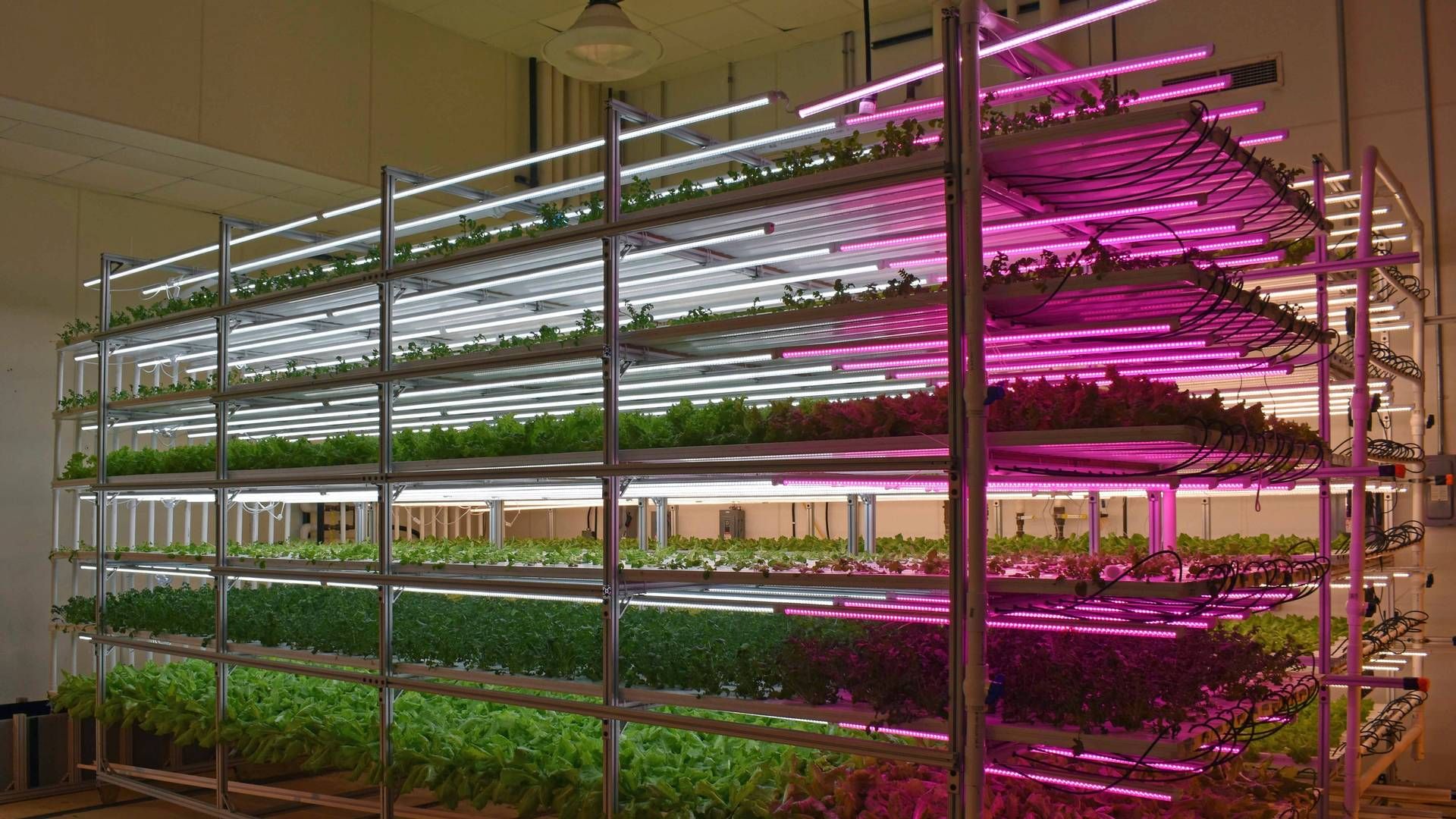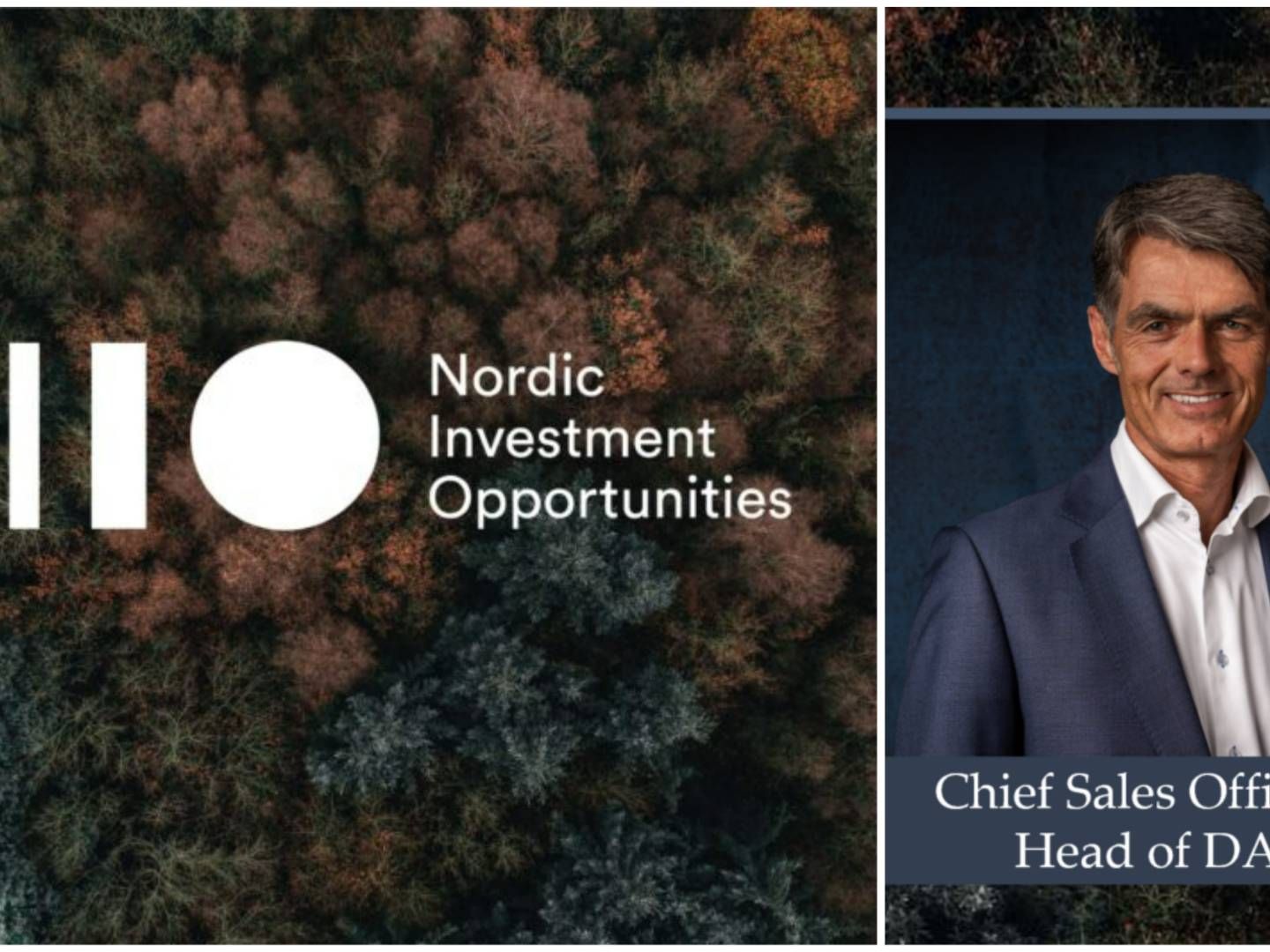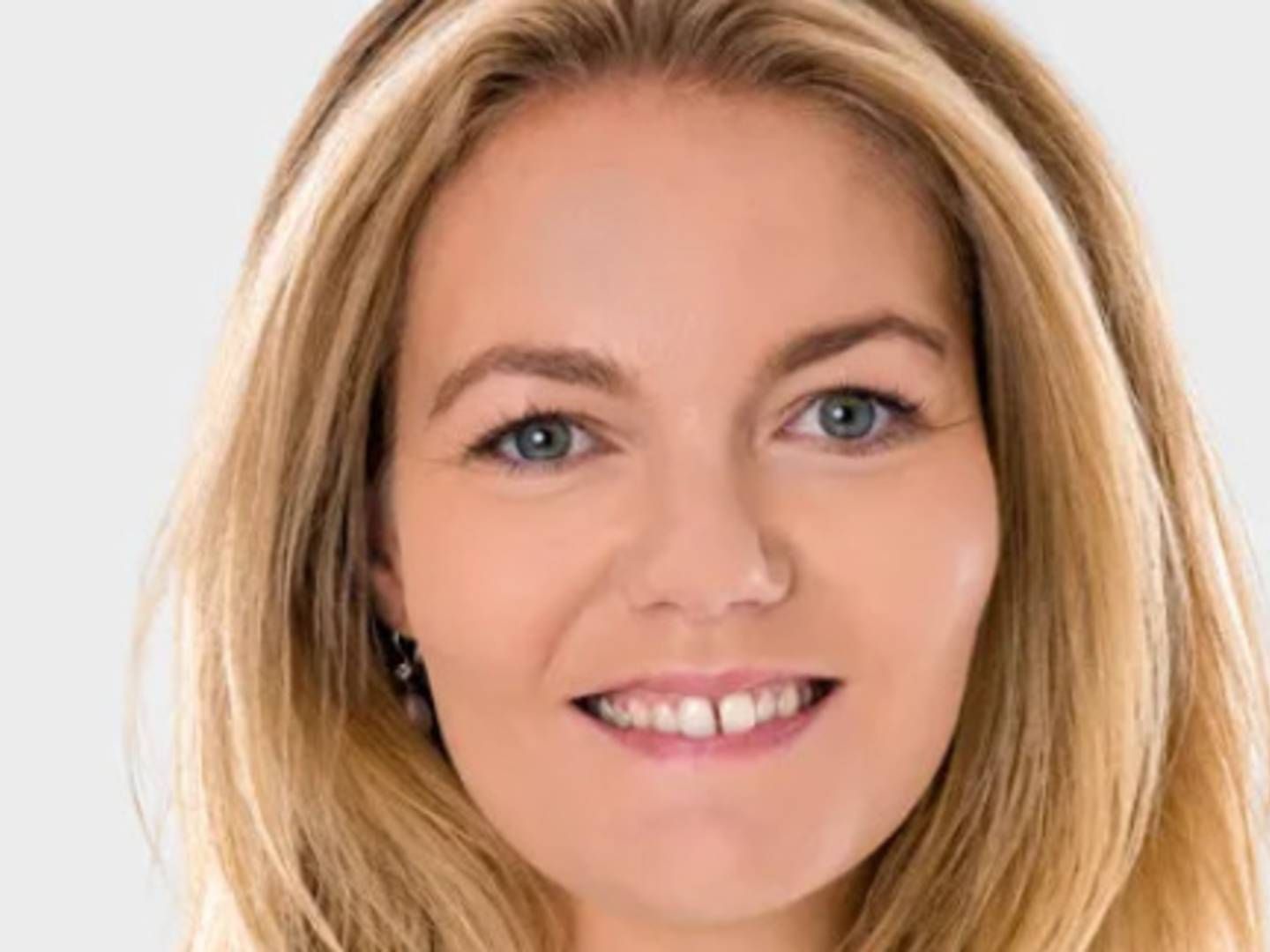BNP Fund Unit, Amundi eye vertical farms as droughts worsen

Vertical farms grow fruits, vegetables and herbs in stacked layers in a controlled indoor environment. Spurred by the risk of food shortages resulting from severe droughts, heatwaves and other extreme weather events in Europe, Asia and the US, there is now a revival of interest among fund managers, private-equity firms and some large corporations.
Gresham House, a UK alternative investment specialist, plans to boost its investment in vertical farms by 10 times over the next three to five years, boosting its total commitment to between GBP 300m (USD 344m) and GBP 500m. Chinese tech giant Tencent Holdings Ltd. invested in an Israeli-Dutch vertical farm startup called Future Crops in March. And now, BNP Paribas Asset Management and CPR Asset Management, a unit of Amundi SA, are considering potential investments.
“We have to really recognize that in a time of limited resources, limited fertile soil and limited water availability, we need a new way to feed nine billion people in the next 20 years,” said Rob Appleby, founder and chief investment officer of Cibus funds, a private-equity platform specializing in food and agriculture. “That’s why you’re going to see growth in the sector.”
Currently, most vertical farmers lack scale, making it tough to raise money via stock listings. The market turbulence hasn’t helped. AeroFarms dropped its plan last October to go public via a merger, while shares of AppHarvest Inc. of Morehead, Kentucky, have slumped to less than USD 3 from a peak of USD 38 in 2021.
The market slide may ultimately provide an opportunity for an industry that’s under relentless pressure. Global food supplies are increasingly being squeezed—first by the pandemic, then by supply-chain bottlenecks, and more recently by summer droughts, floods and wildfires.
On the plus side, vertical farming “is more water efficient and land efficient than traditional farms or glass houses, and also has strong benefits in terms of food security,” said Peter Bachmann, managing director at Gresham House. The company, whose clients are mostly local-authority pensions, has an investment in Fischer Farms, a producer of leafy greens.
If things stack up properly, Britain will soon be home to two of the world’s biggest vertical farms, Jones Food Co. and Fischer Farms. Each expects to open a second facility later this year, adding an extra 15,000 and 25,000 square meters of space, respectively.
The US has more than 2,000 vertical farms. China is experimenting with innovative skyscraper designs, while Singapore is pushing vertical farming in an urban setting. In the Middle East and Africa, the market value of vertical farms is forecast to grow to USD 4.9bn by 2029 from about USD 1bn today, according to market research firm Data Bridge.
Vertical farming will never feed the world on its own. Indeed, it has been criticized for being a gimmicky way to pitch gourmet salads to the rich, as opposed to a possible solution for world hunger. So far it has only proved economical for salad greens, herbs and certain vegetables, and not calorie-rich staples such as grains.
But for some investors, vertical farming offers a novel, tech-driven opportunity.
BNP Paribas has a small exposure to vertical farm-related stocks in its Environmental Absolute Return Thematic Fund. “Not only is vertical farming a key focus currently, it is also an area towards which we will actively allocate capital in the future,” said Ulrik Fugmann, co-manager of the BNP Paribas fund.
Stephane Soussan, a portfolio manager at CPR, said that many of the publicly-traded companies also grow cannabis, which makes it tricky for him to invest because of environmental, social and governance considerations. CPR currently has an investment in a company that provides hydroponic equipment and technology to vertical farms. Soussan expects to raise CPR’s exposure when more profitable vertical farms enter the market.
As startups, vertical farms gobble up capital and can take years to make profits or even achieve the scale of revenues necessary for a successful public listing. The result: Some of the companies prefer to remain private.
“We believe staying private for longer will allow us to stay agile and adaptive,” said James Lloyd-Jones, founder and chief executive of Jones Food, which is 52%-owned by UK’s online grocery Ocado Group Plc. But he doesn’t rule out an initial public offering further down the road.
For interested investors, the long-term promise can outweigh the shorter-term risks. Vertical farms are shielded from bad weather. They also consume 70% to 95% less water and emit less carbon than traditional farms, and their products are typically pesticide free and boast a longer shelf life.
“Against a backdrop of climate change, vertical farming is helping retailers guarantee the availability of produce on shelves,” said BNP’s Fugmann.
NIO accelerates European expansion to deliver on AUM growth target
Danish lead found for former EQT partner’s impact fund
Oil fund encourages Japan’s plans for human rights guidelines
Related articles
Danish lead found for former EQT partner's impact fund
For subscribers
















